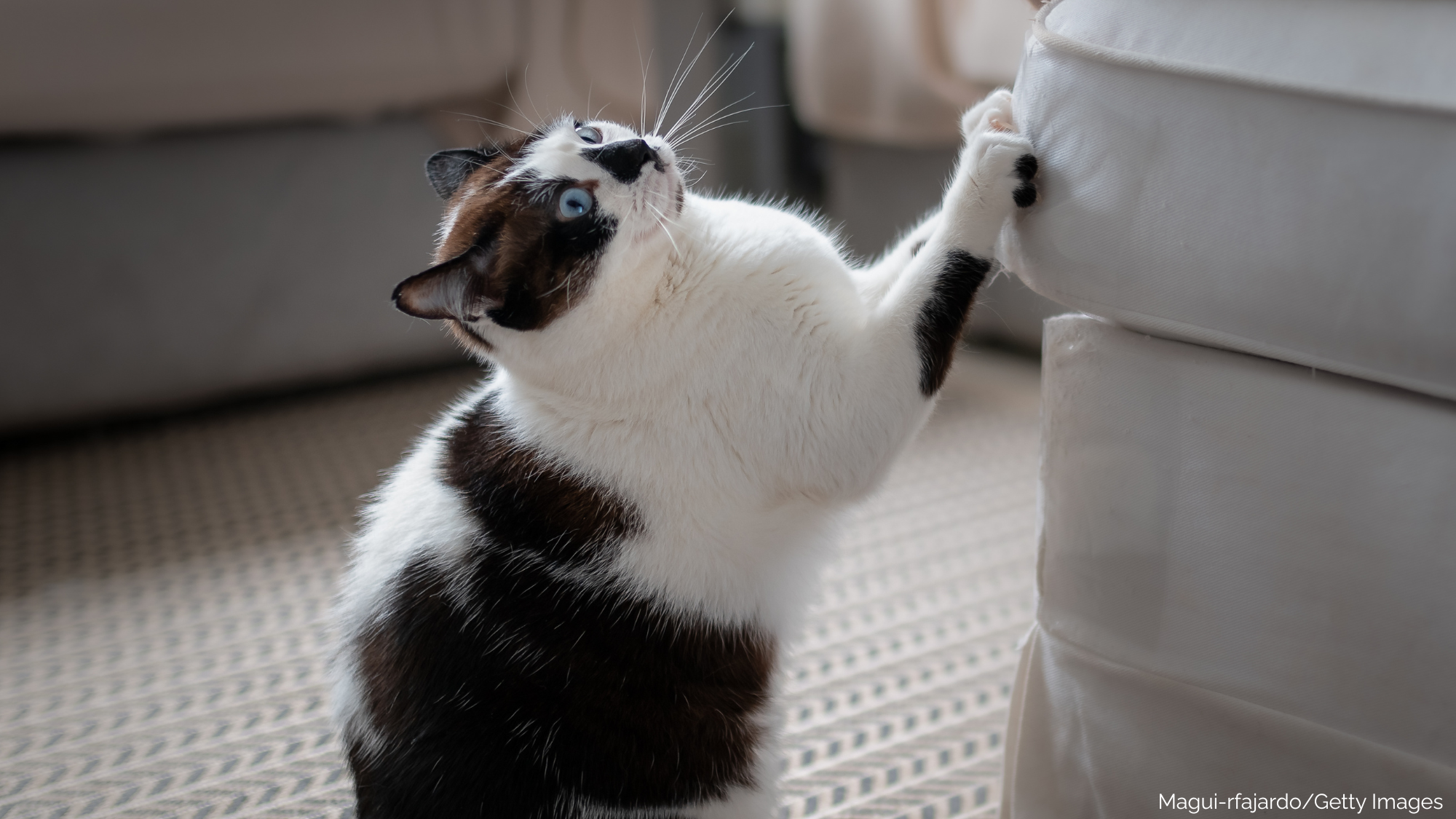When “Good Enough” Is Perfect: Managing Cat Behaviour

I often stress that your cat’s behaviours aren’t something that need to be “fixed.” They’re your cat’s way of communicating and meeting their needs, not problems to stop.
While some behaviours do need to be addressed because they don’t fit comfortably into our human homes, that doesn’t always mean there has to be a complete solution. Sometimes the best, and most sustainable, approach is to manage the behaviour instead of investing all your time and energy into modification or training.
So, how can we manage certain behaviours instead of trying to “solve” them?
Here are a few common examples:
Fear of guests and visitors
Instead of trying to train your cat to be social every time someone visits, ask yourself: “Would they be happier in a quiet, catified safe space away from the commotion?”
Or maybe a middle ground works best: using training and playtime with familiar guests, and giving space during larger gatherings.
Missing the litter box
If your cat is spraying over the edge or pooping just outside the box, you don’t always need a full litter box retraining plan. Try high-sided boxes, larger boxes, and placing a few around your home. Small changes can make a big difference.
Scratching furniture, carpets, or walls
Instead of constantly redirecting scratching, cover your furniture with protective materials that fit your décor, or place a favourite scratching post right beside the problem spot. Sometimes convenience and aesthetics can coexist beautifully.
Stealing food from others
Yes, you can station-train a “mat” cue, but if time is tight, feeding your cat in a separate room or using a puzzle feeder during family meals can be just as effective.
Chewing and breaking items
Curiosity is natural. Management is your best friend here. Cover wires, keep plants out of reach (or stick to cat-safe ones), and put away breakable items that cats are drawn to.
Fighting between cats
When full reintroductions or training aren’t possible, it’s okay to prioritize safety and peace. Some cats can live happy, fulfilling lives while being separated in one home.
It’s important to remember that behaviour is a form of communication. Your cat isn’t being “bad” - they’re showing you what they need, or what’s not working for them. The key is to listen, then decide what’s realistic for you:
Do you have the time and energy for modification?
Or would management create a more peaceful, sustainable home right now?
Both paths are valid, and both can lead to happier cats and humans.